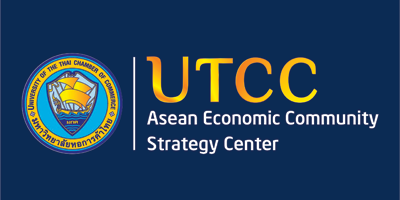Laos: Development, GDP per capita gap remains huge, minister says
The gap in overall development and incomes between cities and rural communities is substantial, Minister of Planning and Investment Dr Souphanh Keomixay has said.
This is reflected in the significant difference between Gross Domestic Product (GDP) and GDP per capita among the various provinces, he told a two-day meeting between government cabinet members, the Vientiane Mayor and provincial governors, which ended on Friday.
People living in central areas enjoy the highest GDP per capita, while those living in the northernmost mountainous regions have the lowest.
Vientiane and Savannakhet province, which are located in central Laos, appear to be the top two GDP growth regions in 2017.
Vientiane the country’s political and economic heart – was estimated to register GDP growth of 10.30 percent while Savannakhet recorded 10 percent, Dr Souphanh said. Bokeo in the north and Saravan in the south registered the lowest GDP growth rates at 7.70 and 7.25 percent respectively.
Vientiane residents enjoyed the highest GDP per capita at US$5,052 – double the national average.
People living in the country’s northernmost province of Phongsaly had the lowest GDP per capita at US$874, more than five times less than the figure for Vientiane.
These figures reflect the fact that although the economy in general enjoys high-level growth, the gap in income and development between cities and rural communities is huge, Dr Souphanh said.
National Assembly members have said on several occasions that actual incomes in impoverished communities are in fact much lower than the lowest recorded GDP per capita figure.
They maintain that people in rural and remote communities remain reliant on the land for their survival, and that the sale of non-timber forest products will earn them only a few hundred dollars.
Reports indicate that a number of young people are migrating to cities to seek jobs while some cross the border to work in neighbouring Thailand through various channels, some of which are illegal.
In light of this issue, the government is offering more incentives in an attempt to attract investment into rural communities, hoping to narrow the development gap and create jobs.
Businesses that invest in and operate in primary hardship communities, where infrastructure has not yet been developed, will enjoy profit tax exemptions for 10 years, according to the amended Investment Promotion Law, which was passed by the National Assembly in November last year.
Investment in secondary hardship areas will enjoy a profit tax exemption for four years.
The government also offers tariff, value-added tax and land lease or concession fee incentives. Businesses investing in primary hardship areas will also enjoy fee exemptions on land leases or concessions for 10 years.
Businesses operating in secondary hardship will enjoy exemptions on land leases and concessions for five years.
During the recent meeting in Vientiane between the National Assembly’s Planning, Finance and Auditing Committee and government bodies in charge of economic affairs, Assembly members called for the government to work harder to fully implement the law, saying this would attract more investment, including in rural communities.
Source: http://www.vientianetimes.org.la/FreeContent/FreeConten_Development_211.htm


 English
English




